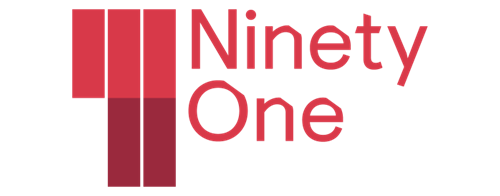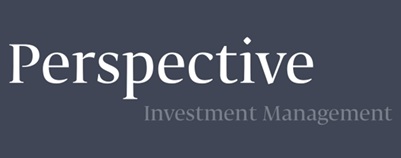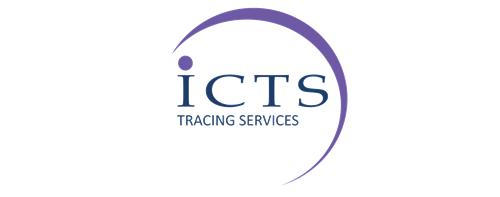Roger Eskinazi, Managing Partner at Tickmill South Africa
While global markets have been on somewhat of a rollercoaster since Trump’s re-election in November 2024, traders’ nerves have been particularly tested this past month. The CBOE Volatility Index (VIX) – one of the most widely used gauges of market turbulence – recently spiked to its highest level since the COVID-19 pandemic. This latest surge followed growing fears of a global recession, sparked by Trump’s sweeping new tariffs.
In these times of extreme market uncertainty, Roger Eskinazi, Managing Partner at Tickmill South Africa, believes that a balanced trading strategy is key. “If you haven’t done so before, now may be a good time to consider incorporating bonds into your portfolio,” he suggests. “While no asset is entirely immune to volatility, bonds tend to exhibit lower correlation with high-risk assets, making them valuable during periods of market stress.”
The core appeal of bonds lies in three characteristics: relative stability, predictable income, and portfolio diversification. Unlike equities, which are subject to price swings based on earnings, sentiment, and macroeconomic data, bonds typically deliver fixed interest payments over a set period. This predictability can be invaluable when broader markets are whipsawing in response to political headlines or economic indicators.
Balancing risk with strategic bond exposure
“Diversifying with bonds doesn’t mean giving up on returns,” Eskinazi adds. “It’s about managing volatility and protecting capital. Sovereign bonds, for example, often perform well when equities are under pressure, while corporate bonds can offer more attractive yields depending on the credit profile and market outlook.”
Sovereign bonds, such as US Treasuries or German bunds, are backed by governments and generally offer the lowest risk – but also lower yields. These are often the first port of call for traders seeking to de-risk during periods of uncertainty. Corporate bonds, issued by companies to raise capital, present a broader risk-reward spectrum. High-grade corporate bonds can provide a yield premium over sovereign bonds with moderate risk, while high-yield (or junk) bonds offer even greater returns but come with elevated credit risk.
Traders can also use bond duration and credit risk profiles tactically. Shorter-duration bonds tend to be less sensitive to interest rate movements, while longer-duration instruments may benefit from falling rates. “With central banks around the world navigating inflation and growth concerns, understanding these dynamics is essential,” notes Eskinazi.
How to trade bonds
Unlike stocks, Eskinazi explains that there’s no central exchange to buy and sell bonds. “The bond market is an ‘over-the-counter’ market, which is much bigger than the stock market. It’s also important to note that, as a trader, you aren’t directly buying or selling the bond, you’re simply speculating about how the bond will appreciate or depreciate in value over time.”
Tickmill traders can access leveraged bonds via Contracts for Differences (CFDs). The platform currently offers trading on seven bonds, including German Government Bonds, with spreads from 0 pips and leverage up to 1:100, allowing traders to diversify effectively while managing risk.
A note of caution: no asset is risk-free
While bonds can be a valuable tool for managing volatility, Eskinazi emphasises that they are not risk-free. “Bond prices can fall due to rising interest rates, inflation expectations, or credit events. Sovereign defaults, though rare in developed markets, are not impossible and liquidity in corporate bond markets can also dry up quickly in times of stress. That said, in a market this unpredictable, the potential of bonds as a stabilising force in a trading strategy should not be ignored,” he concludes.
ENDS

























































































